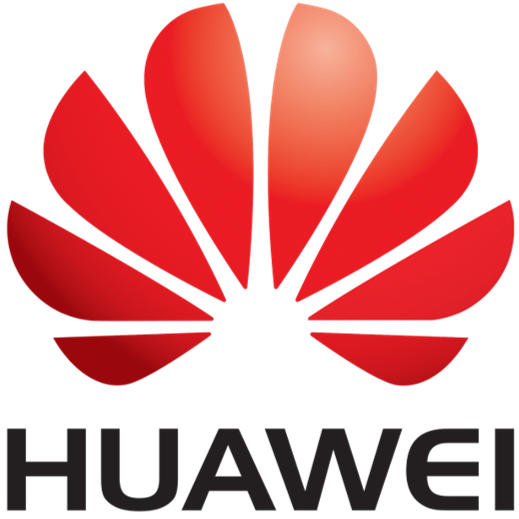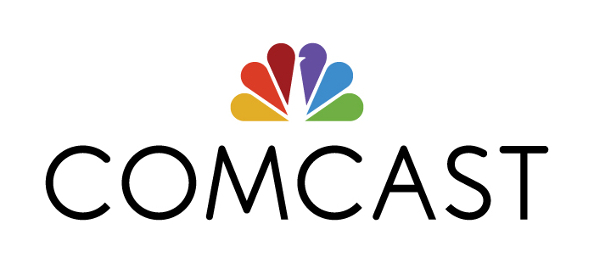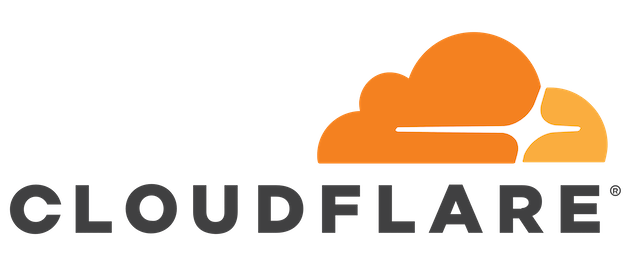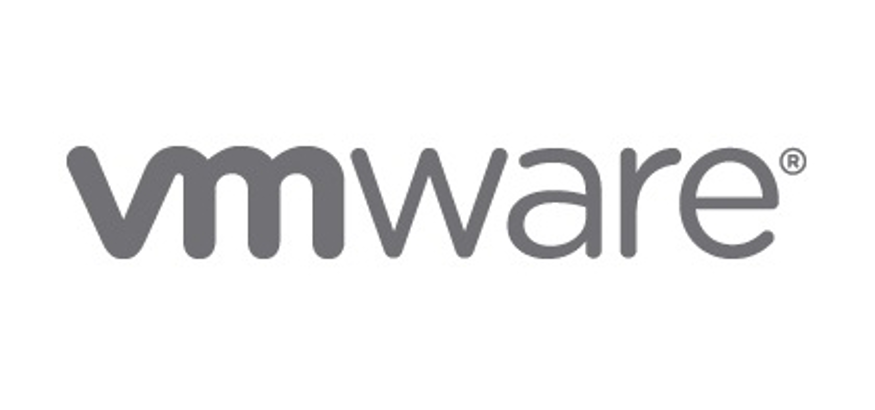ACM SIGCOMM 2022 TUTORIAL:
COSMOS (“Cloud enhanced Open Software defined MObile wireless testbed for city-Scale deployment”) Testbed for Advanced Wireless and Edge Cloud Research
Tutorial Program
- Session I
-
1:30 pm - 1:50 pm CEST
COSMOS Testbed Overview
-
1:50 pm - 2:10 pm CEST
Introduction to Experimentation
-
2:10 pm - 2:30 pm CEST
Hello World SDR Experiment
-
2:30 pm - 3:00 pm CEST
Introduction to Mininet-Optical
-
3:00 pm - 3:30 pm CEST
Mininet-Optical Experiment
-
3:30 pm - 4:00 pm CEST Coffee Break + COSMOS Educational Toolkit
- Break
- Session II
-
4:00 pm - 4:20 pm CEST
PAAMs Channel Sounding
-
4:20 pm - 4:40 pm CEST
28 GHz and 60 GHz mmWave
-
4:40 pm - 5:00 pm CEST
Optical Testbed Tutorial
Call For Participation
Tutorial Program
- Session I
-
1:30 pm - 1:50 pm CEST COSMOS Testbed Overview
-
1:50 pm - 2:10 pm CEST Introduction to Experimentation
-
2:10 pm - 2:30 pm CEST Hello World SDR Experiment
-
2:30 pm - 3:00 pm CEST Introduction to Mininet-Optical
-
3:00 pm - 3:30 pm CEST Mininet-Optical Experiment
-
3:30 pm - 4:00 pm CEST Coffee Break + COSMOS Educational Toolkit
- Break
- Session II
-
4:00 pm - 4:20 pm CEST PAAMs Channel Sounding
-
4:20 pm - 4:40 pm CEST 28 GHz and 60 GHz mmWave
-
4:40 pm - 5:00 pm CEST Optical Testbed Tutorial
Call For Participation
Wireless network testbeds are important for realistic, at-scale experimental evaluation of new radio technologies, protocols and network architectures. The NSF PAWR COSMOS advanced wireless testbed is being deployed in New York City with technical focus on ultra-high-bandwidth and low-latency wireless communications with tightly coupled edge computing, and emphasis on millimeter-wave (mmWave) radio communications and dynamic optical switching. The COSMOS testbed already supports at-scale experimentation of novel advanced wireless broadband and communication technologies in both sub-6 GHz and mmWave frequency bands in West Harlem in New York City, which is representative of a densely populated urban environment. The testbed provides a mix of fully programmable software-defined radio (SDR) nodes for flexible wireless experimentation. It also includes novel 100 Gbps+ fiber backhaul interconnected with a software-defined network (SDN) switching fabric for minimum latency and flexibility in setting up experimental network topologies. The remote accessibility of COSMOS lowers the barrier for experimentation in the area of radio and wireless technology and thus improves education and research productivity. The goal of this tutorial is to provide an introduction to COSMOS testbed management framework OMF and measurement library OML and main technological capabilities. Thereby, it will allow community members that have not been using the testbed to use it for their future research and educational activities.
Outline
A rough outline follows:
Session I The first part of Session I will focus on the SDR aspects, where attendees will learn the basics of testbed usage and the OMF testbed management framework. These include how to manage reservations, image the nodes, orchestrate their experiments and collect measurements. Participants will be able to experiment with SDR-based wireless examples.
The second part of Session I will focus on the optical aspects, where attendees will learn how to use Mininet-Optical. Mininet-Optical was developed as part of the COSMOS and COSM-IC projects and adds optical network emulation and simulation capabilities to Mininet to support software emulation of optical and packet-optical networks, including modeling of optical transmission effects and impairments.Session II The first part of Session II will focus on the SDR aspects at mmWave frequencies, where attendees will learn the basics of the 28 GHz dual polarized, 64-element, 4 IC phased array antenna modules (PAAMs) developed by IBM Research and deployed in COSMOS. Attendees will also learn the basics of the Sivers 60 GHz through channel sounding demos and XY table mobility experimentation.
The second part of Session II will focus on the optical aspects, using real hardware of the COSMOS testbed. Attendees will view a live experiment which uses the testbed to test various optical topologies.
Audience Expectations and Prerequisites
Organizers
-
Abhishek Adhikari
Columbia University
-
Bio:
Abhishek Adhikari is a PhD student in electrical engineering at Columbia, advised by Prof. Gil Zussman. His research interests are in software-defined/cognitive radio, 5G/6G networks, mmWave, and radar.
-
-
Julia Raulin
Tyndall National Institute
-
Bio:
Julia Raulin is a PhD Student at Tyndall National Institute.
-
-
Agastya Raj
Trinity College Dublin
-
Bio:
Agastya Raj is a PhD Student at Trinity College Dublin.
-
-
Zehao Wang
Duke University
-
Bio:
Zehao Wang is a PhD Student at Duke University.
-
-
Jennifer Shane
Rutgers University
-
Bio:
Jennifer Shane is a Research Programmer at WINLAB, Rutgers University.
-
-
Jakub Kolodziejski
Rutgers University
-
Bio:
Jakub Kolodziejski is a Senior Laboratory Engineer at WINLAB, Rutgers University.
-
-
Panagiotis Skrimponis
New York University
-
Bio:
Panagiotis Skrimponis is a PhD student in electrical engineering at NYU, advised by Prof. Sundeep Rangan. His research interests include: Prototyping Next-Generation mmWave and THz Communication Systems, Performance/Power Optimizations, and Advanced FPGA/SoC Platforms.
-
-
Bob Lantz
Columbia University
-
Bio:
Bob Lantz founded the Mininet (openflow.org/mininet) project for rapid prototyping of software- defined networks, and encourages everyone to experiment with it. In addition to work on GENI- VIOLIN at DOCOMO laboratories, he has contributed to OpenFlow and related efforts at Stanford and Arista Networks. He completed his Ph.D. at Stanford in 2007, developing Parallel SimOS, a full-system simulator for large multiprocessors.
-
-
Dan Kilper
Trinity College Dublin
-
Bio:
Professor Dan Kilper is the Director of the CONNECT Centre, and Principal Investigator. He is Professor of Future Communication Networks in the School of Engineering in Trinity College Dublin.
-
-
Ivan Seskar
Rutgers University
-
Bio:
Ivan Seskar is the Chief Technologist at WINLAB, Rutgers University responsible for experimental systems and prototyping projects. He is currently the program director for the COSMOS project responsible for the New York City NSF PAWR deployment, the PI for the NSF GENI Wireless project, which resulted in campus deployments of LTE/WiMAX base stations at several US universities, and the PI for the NSF CloudLab deployment at Rutgers. He has also been the co-PI and project manager for all three phases of the NSF-supported ORBIT mid-scale testbed project at WINLAB, successfully leading technology development and operations since the testbed was released as a community resource in 2005 and for which the team received the 2008 NSF Alexander Schwarzkopf Prize for Technological Innovation. Ivan is a co-chair of the IEEE Future Networks Testbed Working Group, a Senior Member of the IEEE, a member of ACM and the co-founder and CTO of Upside Wireless Inc.
-
-
Tingjun Chen
Duke University
-
Bio:
Tingjun Chen received his Ph.D. degree in electrical engineering from Columbia University in 2020. Between 2020 and 2021 he was a postdoctoral associate at Yale University. Since Fall 2021 he has been with Duke University, where he is currently an assistant professor of electrical and computer engineering. His research interests are in the areas of networking and communications with a focus on next-generation wireless and optical networks. He received the IBM Academic Award, Google Research Scholar Award, Columbia Engineering Morton B. Friedman Memorial Prize for Excellence, and Facebook Fellow - ship. He also received the ACM CoNEXT'16 Best Paper Award and the ACM SIGMOBILE Dissertation Award runner-up.
-
-
Sundeep Rangan
New York University
-
Bio:
Sundeep Rangan received the B.A.Sc. at the University of Waterloo, Canada and the M.Sc. and Ph.D. at the University of California, Berkeley, all in Electrical Engineering. He has held postdoctoral appointments at the University of Michigan, Ann Arbor and Bell Labs. In 2000, he co-founded (with four others) Flarion Technologies, a spin off of Bell Labs, that developed Flash OFDM, one of the first cellular OFDM data systems and pre-cursor to 4G systems including LTE and WiMAX. In 2006, Flarion was acquired by Qualcomm Technologies where Dr. Rangan was a Director of Engineering involved in OFDM infrastructure products. He joined the ECE department at NYU Tandon (formerly NYU Polytechnic) in 2010. He is a Fellow of the IEEE and Director of NYU WIRELESS, an academic-industry research center researching next-generation wireless systems. His research interests are in wireless communications, signal processing, information theory and control theory.
-
-
Gil Zussman
Columbia University
-
Bio:
Gil Zussman received the Ph.D. degree in electrical engineering from the Technion – Israel Institute of Technology in 2004. He was a Postdoctoral Associate with MIT to 2004 to 2007. He has been with Columbia University since 2007, where he is a Professor of Electrical Engineering and Computer Science (affiliated faculty). His research interests are in the area of networking, and in particular in the areas of wireless, mobile, and resilient networks. He is a co-recipient of seven paper awards, including the ACM SIGMETRICS’06 Best Paper Award, the 2011 IEEE Communications Society Award for Advances in Communication, and the ACM CoNEXT’16 Best Paper Award. He received the Fulbright Fellowship, the DTRA Young Investigator Award, and the NSF CAREER Award. He was the PI of a team that won the 1st place in the 2009 Vodafone Americas Foundation Wireless Innovation Project competition and is the Columbia PI of the NSF PAWR COSMOS testbed. He has been an Associate Editor of IEEE/ACM Transactions on Networking, IEEE Transactions on Control of Network Systems, and IEEE Transactions on Wireless Communications.
-
References
[1] T. Chen, P. Maddala, P. Skrimponis, J. Kolodziejski, X. Gu, A. Paidimarri, S. Rangan, G. Zussman, and I. Seskar, “Programmable and open-access millimeter-wave radios in the PAWR COSMOS testbed,” in Proc. ACM Mobi Com’21 Workshop on Wireless Network Testbeds, Experimental evaluation & CHaracterization (WiNTECH’21), 2021.
[2] X. Gu, A. Paidimarri, B. Sadhu, C. Baks, S. Lukashov, M. Yeck, Y. Kwark, T. Chen, G. Zussman, I. Seskar, and A. Valdes-Garcia, "Development of a compact 28-GHz software-defined phased array for a city-scale wireless research testbed," in Proc. IEEE International Microwave Symposium (IMS’21), 2021.
[3] D. Raychaudhuri, I. Seskar, G. Zussman, T. Korakis, D. Kilper, T. Chen, J. Kolodziejski, M. Sherman, Z. Kostic, X. Gu, H. Krishnaswamy, S. Maheshwari, P. Skrimponis, and C. Gutterman, “Challenge: COSMOS: A city-scale programmable testbed for experimentation with advanced wireless,” in Proc. ACM MobiCom’20, 2020.
[4] P. Skrimponis, N. Makris, S. Borges Rajguru, K. Cheng, J. Ostrometzky, E. Ford, Z. Kostic, G. Zussman, and T. Korakis, “COSMOS Educational Toolkit: Using Experimental Wireless Networking to Enhance Middle/High School STEM Education,” ACM SIGCOMM Computer Communication Review, vol. 50, no. 4, Oct. 2020.
[5] T. Chen, J. Yu, A. Minakhmetov, C. Gutterman, M. Sherman, S. Zhu, S. Santaniello, A. Biswas, I. Seskar, G. Zussman, and D. Kilper, "A Software-Defined Programmable Testbed for Beyond 5G Optical-Wireless Experimentation at City-Scale," in IEEE Network, vol. 36, no. 2, pp. 90-99, March/April 2022.


















